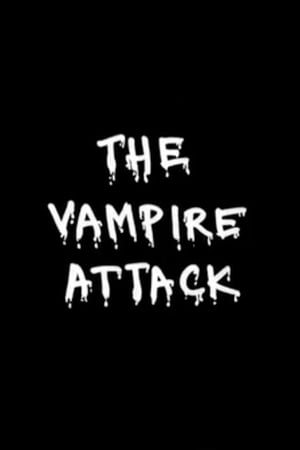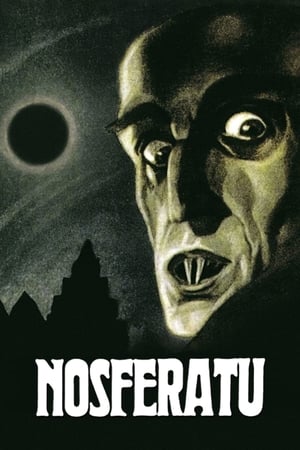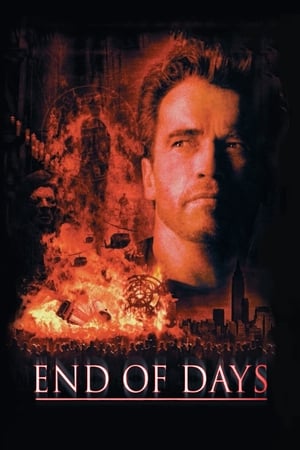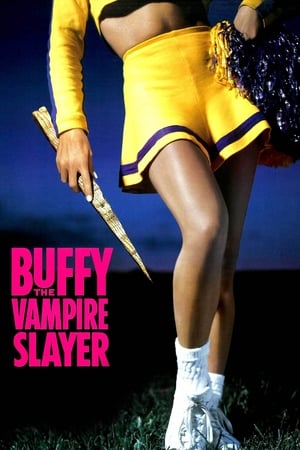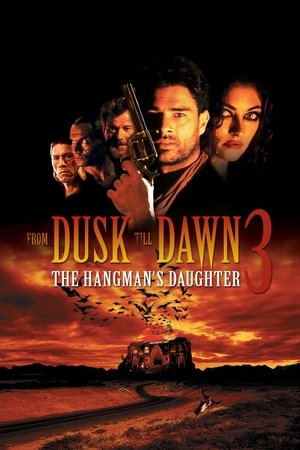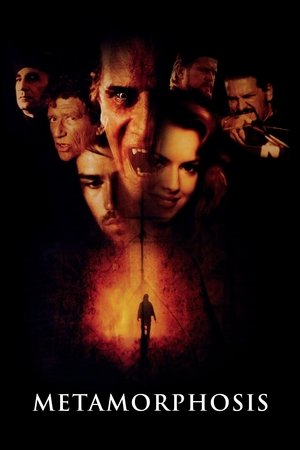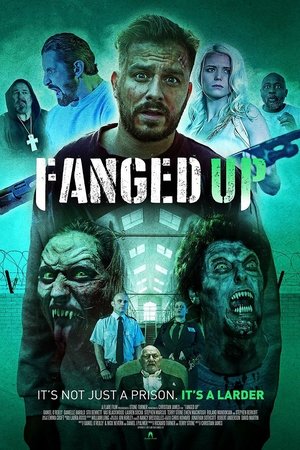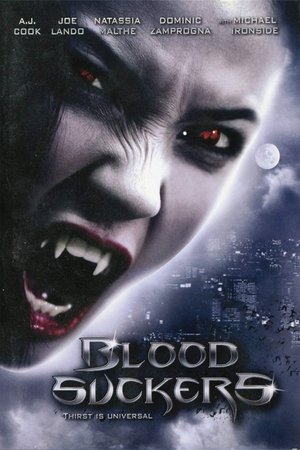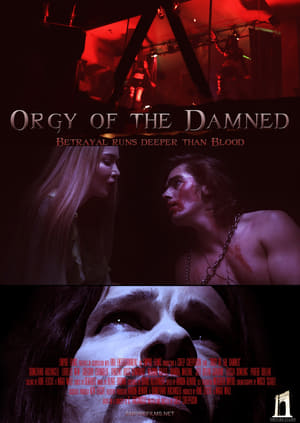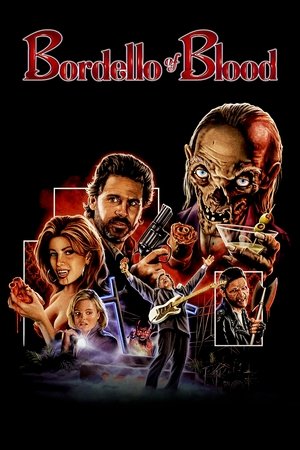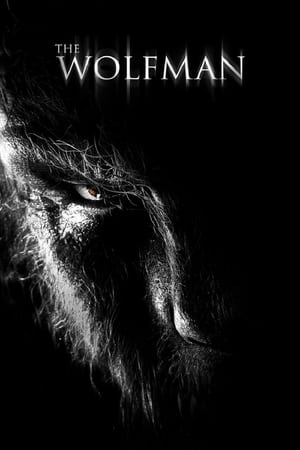Overview
The police and British security forces call in Professor Van Helsing to help them investigate Satanic ritual which has been occurring in a large country house, and which has been attended by a government minister, an eminent scientist and secret service chief. The owner of the house is a mysterious property tycoon who is found to be behind a sinister plot involving a deadly plague. It is in fact Dracula who, sick of his interminable existence, has decided that he must end it all in the only possible way- by destroying every last potential victim.
Reviews
***Hammer’s final Dracula film with Christopher Lee***
Two years after the events of “Dracula A.D. 1972” (1972) Scotland Yard & Lorrimer Van Helsing (Peter Cushing) discover that Dracula (Christopher Lee) is alive and well in the London area, disguised as an antisocial property developer with a mad scheme to unleash a lethal virus upon the Earth.
“The Satanic Rites of Dracula,” aka “Count Dracula and His Vampire Bride” (1973), was the last of seven Hammer Dracula films starring Lee as the diabolic Count released from 1958-1973. The previous six are: “Horror of Dracula” (1958), “Dracula, Prince of Darkness” (1966), “Dracula has Risen from the Grave” (1968), “Taste the Blood of Dracula” (1970), “Scars of Dracula” (1970) and “Dracula A.D. 1972” (1972).
While this is arguably the least in the series, it has a lot to offer once you get past Dracula’s henchmen riding motorcycles and wearing brown vests with wool fringe (no doubt this was ‘hip’ attire back in 1972 when the film was shot). It helps to grasp that Stoker’s original novel took place in what was then modern times, 1897, with Dracula being over 400 years old by that point.
“Satanic Rites” simply envisions how the vampire lord would function in the early 70s. In Stoker’s book he’s a powerful and arrogant creature that holds a position of authority, a Count, and prefers to dwell in an intimidating castle in Transylvania or a gothic estate in London, not to mention acquires subjects to serve his purposes, like gypsies and Renfield. Here Drac’s DD Denham persona is the modern English equivalent to a Count in Transylvania hundreds of years prior. In both cases he’s an untouchable authority figure with minions carrying out his will. Simply put, this is how a 500 year-old evil being would operate in the 1970s using elements of the modern world to accomplish his ends, including the British Empire.
Speaking of which, in Stoker’s novel Dracula recognized the British Empire as a means to spread his cult of vampirism around the world and eventually take it over. He wasn’t content to just threaten a few local nobodies as observed in the five previous sequels. In “Satanic Rites” he’s back to his vision of global domination, tricking 4 members of the Establishment into being agents of his "own created Apocalypse," but now we see the incredibly sinister culmination of his power-mad scheme.
To appreciate what this flick has to offer you have to get past the motorcycle-riding henchmen and their dubious vests. Once you do, it has quite a bit to offer: The notable group of protagonists, including those played by Michael Coles and Joanna Lumley; the way they put their heads together to figure out what the Count is doing and how to stop him; and Drac’s “harem” he keeps in the basement (played by Maggie Fitzgerald, Finnuala O'Shannon, Pauline Peart and a newly converted vamp played by Valerie Van Ost).
The film runs 1 hour, 27 minutes and was shot in Hertfordshire & nearby London, England.
GRADE: B-
The great grandson of the original "Van Helsing" (Peter Cushing) is drafted in by Scotland Yard to investigate a series of deaths that smack of vampirism. The investigation centres around a manor house where the great and the good of London society meet, ostensibly for ordinary gatherings, but we know it is much more sinister (well, in theory, anyway). What's more - this house is built upon an old cemetery, and guess who was buried in it just a few years earlier? This is a sort of 1970s "Freemasons meet Dracula" affair, with a lacklustre dialogue and some pretty lame performances all round. It builds predictably to a conflagration that seems a long time coming, and neither Cushing nor the fleeting appearances from Christopher Lee really ignite the film. The score has that early synthesised sound to it, and the photography - though probably quite effective in 1973, now looks dated and juddery. These Hammer films were well past their sell-by dates by now, the gift had long since stopped giving and perhaps because it is in colour, it is not remotely scary. Passable, but only because I like the genre.

 88 min
88 min
 5.6
5.6
 1973
1973
 United Kingdom
United Kingdom
 Wuchak wrote:
Wuchak wrote:
